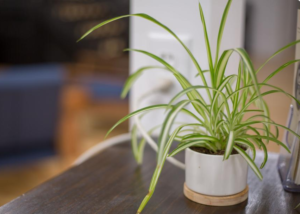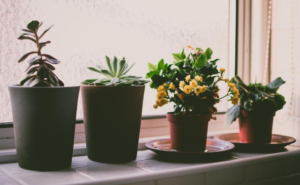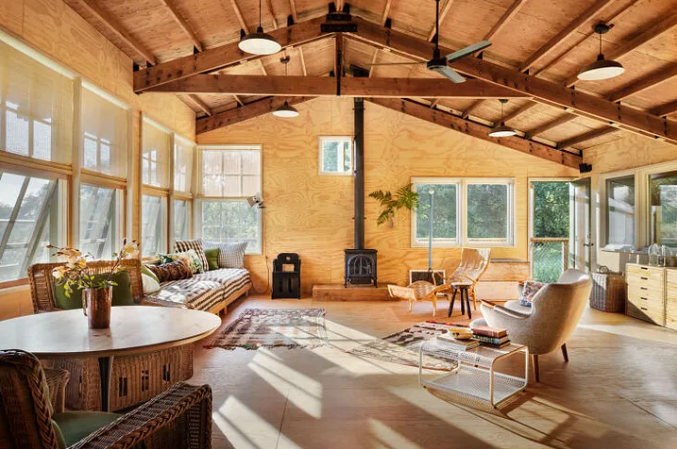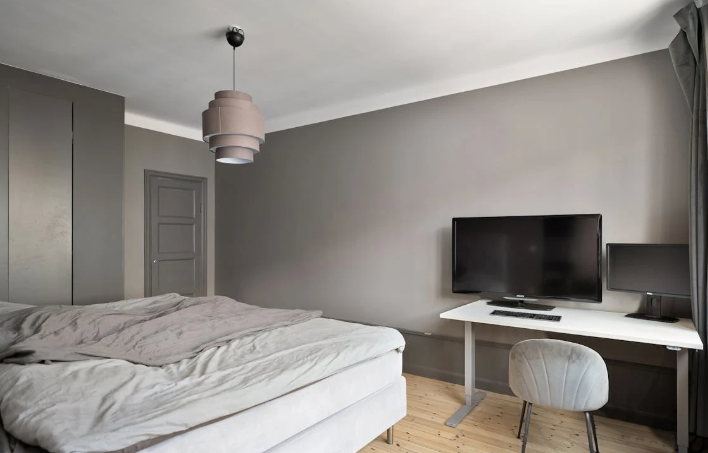Why Indoor Plants Die: Common Mistakes and How to Avoid Them
Why Indoor Plants Die

Indoor plants bring life and vibrancy to any space, but many plant parents find themselves wondering why their leafy friends suddenly wilt or die. The truth is, most indoor plant deaths are preventable with proper care and understanding. Let’s explore the common reasons why indoor plants die and how to keep them healthy and flourishing.
1. Overwatering: The Silent Killer (Why indoor plants die)
Overwatering is one of the leading causes of indoor plant death. Many people assume that more water equals a healthier plant, but excess water can suffocate the roots and lead to root rot.
How to Avoid It:
- Always check the soil before watering. If the top inch is dry, it’s time to water.
- Use pots with drainage holes to prevent water from accumulating at the bottom.
- Research your plant’s specific watering needs; some plants thrive on less water.
Overwatering Tips: How to Prevent Overwatering in Houseplants
2. Poor Lighting Conditions (Why indoor plants die)
Light is essential for photosynthesis, and insufficient light is another common reason why indoor plants die.
How to Fix It:
- Identify your plant’s light requirements—low-light plants like the ZZ plant or snake plant can survive in dim corners, while succulents and fiddle leaf figs need bright, indirect sunlight.
- Rotate your plants occasionally to ensure all sides receive adequate light.
- If natural light is scarce, consider using grow lights.
3. Incorrect Potting Practices (Why indoor plants die)
Using the wrong pot or soil can spell disaster for your plants. Pots without proper drainage or compacted soil can create unhealthy conditions for roots.
Best Practices:
- Choose pots with drainage holes to prevent waterlogging.
- Use soil mixes specific to your plant type, like cactus mix for succulents or peat-based soil for tropical plants.
- Repot your plants every 1-2 years to refresh their soil and accommodate root growth.
4. Pests and Diseases
Pests like spider mites, aphids, and fungus gnats can wreak havoc on your indoor plants. Diseases like powdery mildew or root rot are also common culprits.
Prevention and Control:
- Inspect your plants regularly for signs of pests or diseases.
- Quarantine new plants for a week before placing them with others.
- Use neem oil or insecticidal soap to combat infestations.
For more on pest control, visit this pest management guide.
5. Neglecting Humidity Needs
Many indoor plants, especially tropical varieties, require higher humidity levels to thrive. Dry indoor air, especially during winter, can cause leaves to wilt or turn brown.
How to Boost Humidity:
- Group plants together to create a microclimate.
- Use a humidifier or place a tray of water near your plants.
- Mist your plants occasionally if they thrive in high humidity.
For more tips, check this guide to increasing humidity for houseplants.
6. Temperature Stress
Indoor plants are sensitive to extreme temperature changes, drafts, or placement near heating or cooling vents.
Temperature Tips:
- Keep plants away from direct heat sources or cold drafts.
- Maintain a consistent indoor temperature between 65–75°F (18–24°C) for most houseplants.
- Avoid sudden relocation, which can shock your plants.
7. Ignoring Plant-Specific Needs
Not all plants are created equal. A lack of understanding about specific care requirements is a frequent reason for plant fatalities.
Solutions:
- Research your plant’s needs for watering, light, soil, and humidity.
- Use plant care apps or labels as a quick reference.
- Tailor your care routine to each plant rather than using a one-size-fits-all approach.
8. Fertilizer Misuse
Too much or too little fertilizer can harm your plant. Over-fertilization can burn the roots, while under-fertilization leads to nutrient deficiencies.
Fertilizer Tips:
- Fertilize only during the growing season (spring and summer) and avoid overdoing it.
- Use a balanced houseplant fertilizer or one specific to your plant type.
- Follow the package instructions carefully to prevent overfeeding.
9. Ignoring Pruning and Cleaning
Dead leaves, dust, and overgrown stems can hinder a plant’s health and growth.
How to Care for Plant Aesthetics:
- Remove yellow or brown leaves to encourage healthy growth.
- Dust plant leaves regularly to improve their ability to photosynthesize.
- Prune leggy stems to maintain shape and promote bushiness.
Conclusion: Nurture Your Indoor Plants to Thrive
Caring for indoor plants requires attention and understanding, but it’s incredibly rewarding. By avoiding overwatering, providing the right light and humidity, and staying vigilant about pests and diseases, you can keep your plants thriving. Embrace the joy of houseplants and transform your home into a lush, green haven.
For more plant care tips, explore Decozly’s plant care blog.





Leave a comment